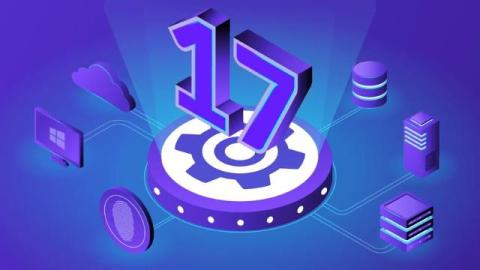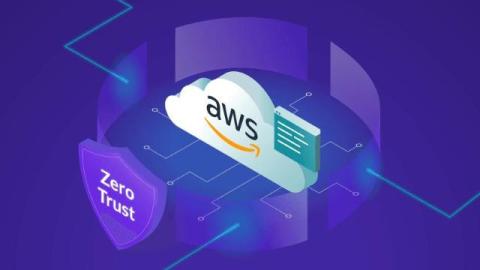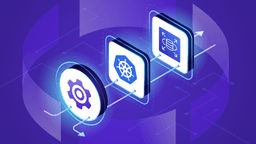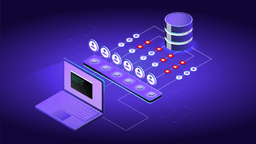Four Ways Teleport Overcomes the Limitations of VPNs and Bastions
As organizations evolve to embrace cloud-native architectures and distributed teams, the limitations of legacy access solutions like virtual private networks (VPNs) and bastion hosts have become apparent. Once reliable for securing static, on-premises environments, these tools do not scale well for securing modern infrastructure, are expensive to maintain, increase security vulnerabilities, and can hinder regulatory compliance.











